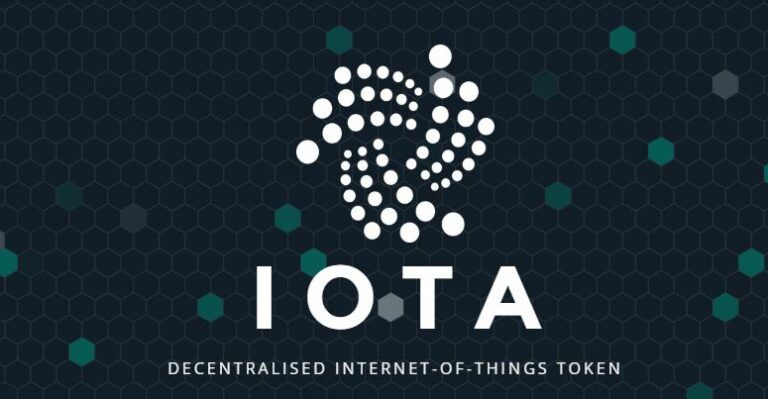IOTA – one of the largest cryptocurrencies by market cap – has recently revealed some new information regarding its secret project “Q”.
The project – Qubic – which was initially conceived in a post on BitcoinTalk in September 2012, is touted as a digital currency offering all of the benefits of Bitcoin, but none of its disadvantages. The Qubic protocol is aimed at facilitating smart contracts, oracles, and outsourced computation.
Project Q is reportedly the IOTA Foundation’s biggest secret.
After months of speculation about what is actually behind the project – the IOTA team had announced only a few details, with an official presentation scheduled to take place on June 3rd:
We are moving rapidly towards the next epoch of IOTA, today the IOTA Foundation is excited and proud to start the official unveiling of Qubic.https://t.co/U87nKaZWnI#IOTA #Qubic
— IOTA (@iotatoken) May 3, 2018
However, after enthusiasts patiently waited for a month since IOTA in April launched a countdown and a website – https://qubic.iota.org – the company revealed some new information on its mysterious Qubic project — or Quorum Based Coin:
“To be very clear, Qubic is still a work in progress.”
On it’s website, the team stated that the time has come to shed light on the project, to give the IOTA community and the general public a broad overview of the project, and “to help convey the enormous scope of the Qubic project.”
In order to clear up a few common misconceptions, the website added that:
“Qubic is not a new token or coin; there will be no Qubic ICO or airdrop.”
With this announcement generating a lot of negative tweets, some critics were quick to suggest that IOTA was falling short of expectations:
The Qubic platform will be the most significant contribution to the IOTA stack, it will enable unlimited new use cases and turn the IOTA Project into a full solution. Information and details are beginning to be unveiled right now at https://t.co/U87nKaZWnI#IOTA #Qubic
— IOTA (@iotatoken) June 3, 2018
Featured Image Credit: “IOTA” by “Tiagodimas2” via Wikimedia Commons; licensed under “CC BY 4.0”









